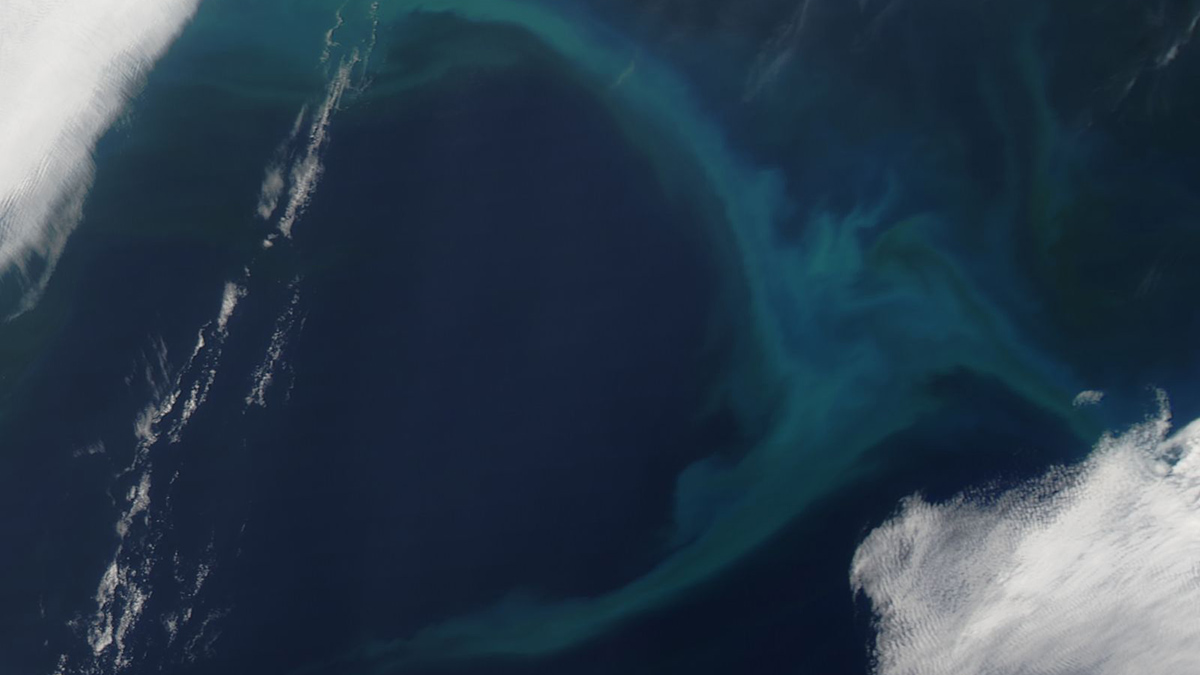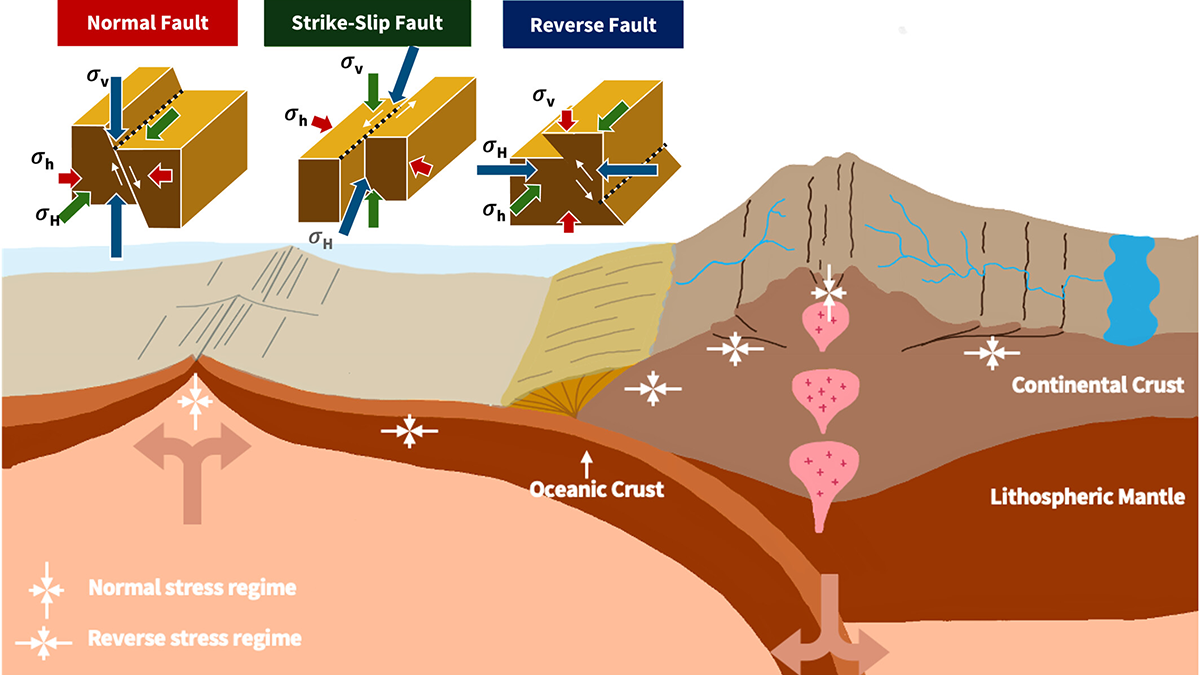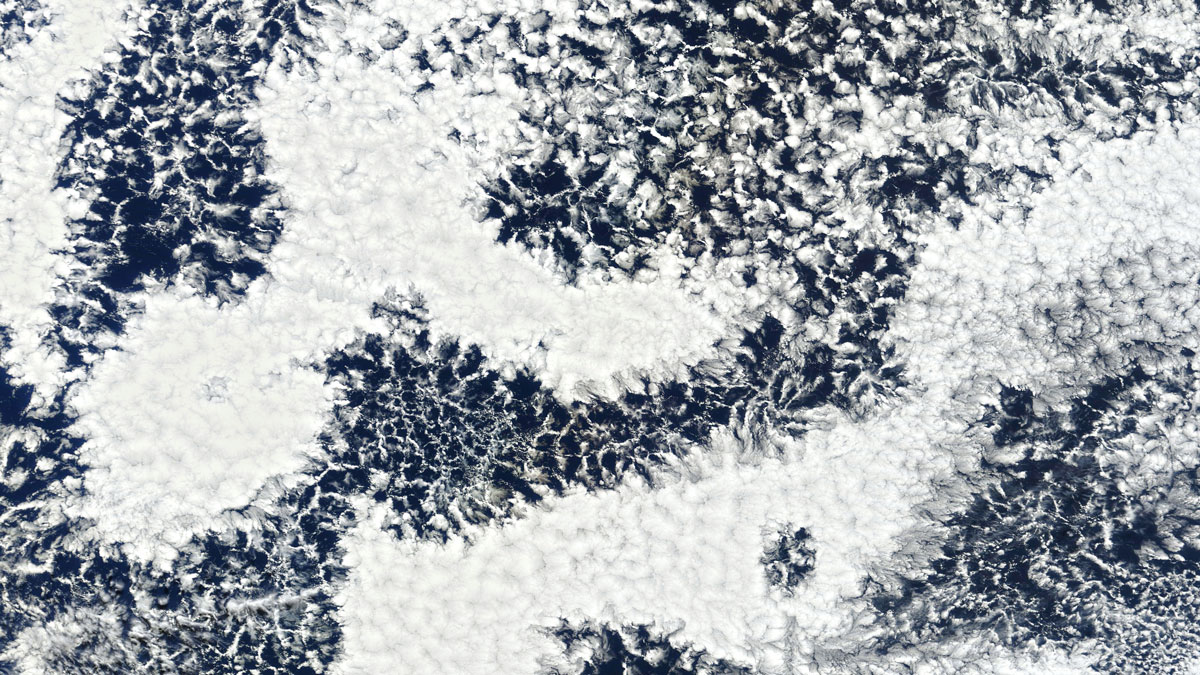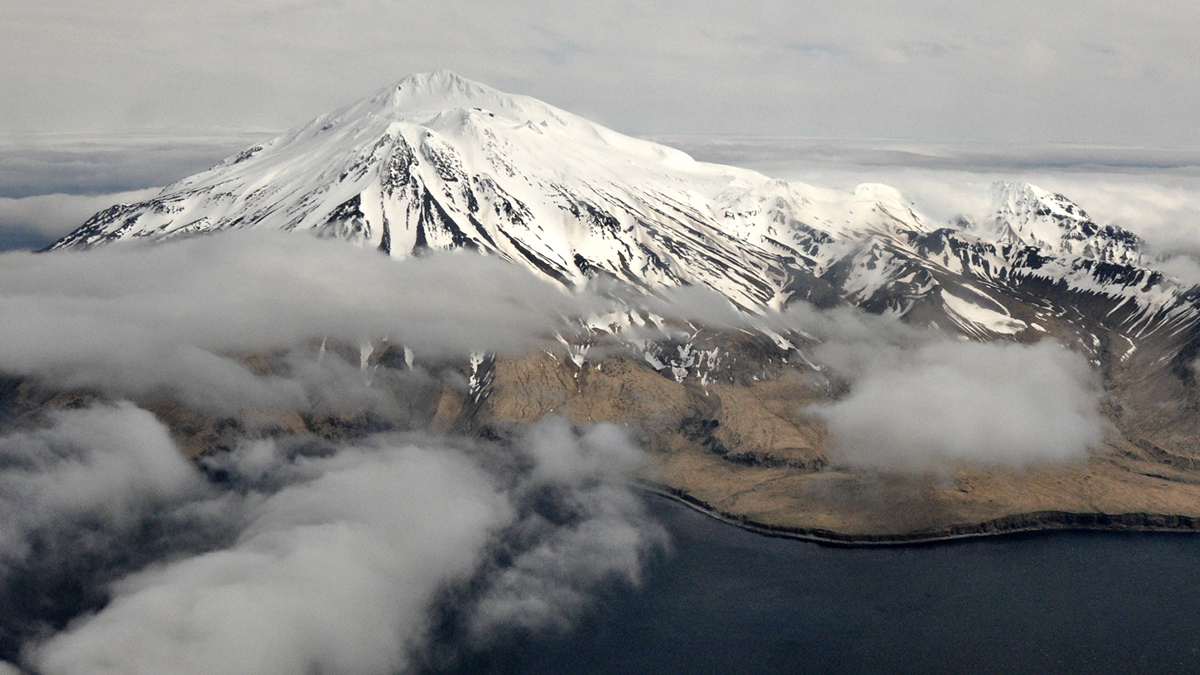Seasonal rainfall and runoff of sediments from the Hawaiian Islands could be responsible for the previously undetected peak.
Geophysical Research Letters
Maybe That’s Not Liquid Water on Mars After All
A “very large roll” of a radar instrument offers new insight into a highly reflective area near the Martian south pole.
From Mantle Flow to River Flow: Shaping Earth’s Surface from Within
The convection of the Earth’s mantle shapes its surface, carving fault networks into the lithosphere that can guide the course of rivers.
Understanding Cloud Droplets Could Improve Climate Modeling
The microphysical structure of cloud droplets affects behavior like precipitation. Current models may be underestimating how much these structures can vary within a single cloud.
New Earthquake Model Goes Against the Grain
Subducting plates are stronger in certain directions than others, which may be a factor in how earthquakes occur and how seismic waves propagate.
Finding the Gap: Seismology Offers Slab Window Insights
Studying slow tremors has helped researchers home in on the youngest part of the Chile Triple Junction’s gap between subducting plates, which offers a window to the mantle.
Decadal Forecasts with a SMYLE
Scientists use a large suite of simulations with an established climate model to predict the Pacific Decadal Oscillation up to one year in advance, but El Niño can still get in the way.
Mapping the Whereabouts of Continents
A new method integrates Interferometric Synthetic Aperture Radar (InSAR) with conventional ground geodetic networks, taking us closer to high-resolution mapping of plate motions.
A Transatlantic Communications Cable Does Double Duty
A new device enables existing submarine cable networks to measure deep-sea movements. It could ultimately help improve tsunami warnings and climate monitoring.
Un antiguo evento de calentamiento podría haber durado más de lo que pensábamos
Una nueva investigación sobre el Máximo Térmico del Paleoceno-Eoceno usó análisis probabilístico para entender mejor su duración y sobre cuánto tiempo podría afectar el calentamiento moderno al ciclo del carbono.










